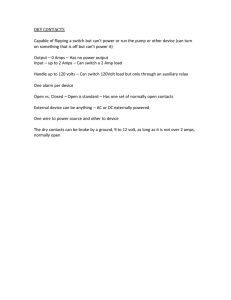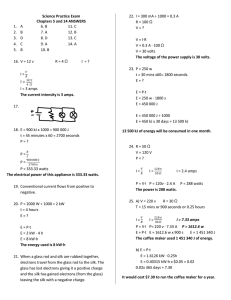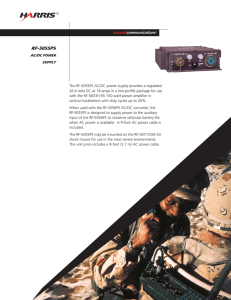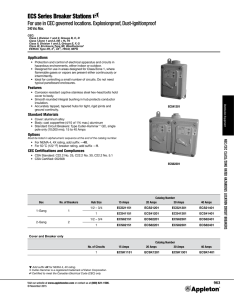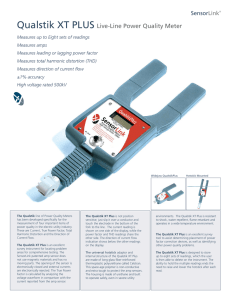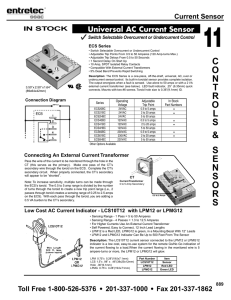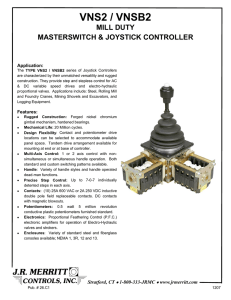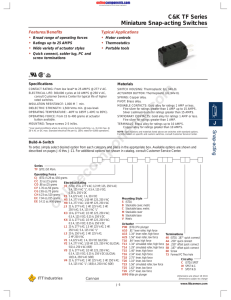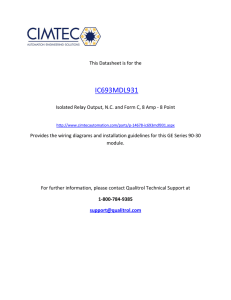Redox Stoichiometry Objective Faraday`s Law
advertisement
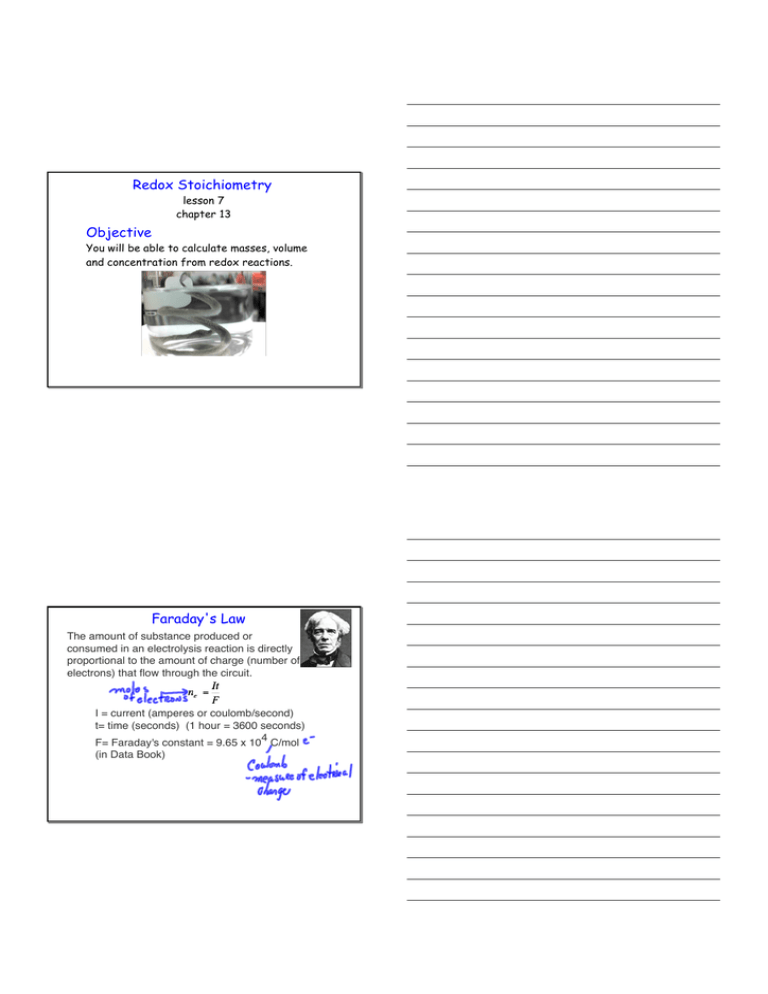
Redox Stoichiometry lesson 7 chapter 13 Objective You will be able to calculate masses, volume and concentration from redox reactions. Faraday's Law The amount of substance produced or consumed in an electrolysis reaction is directly proportional to the amount of charge (number of electrons) that flow through the circuit. I = current (amperes or coulomb/second) t= time (seconds) (1 hour = 3600 seconds) F= Faraday's constant = 9.65 x 104 C/mol (in Data Book) Example 1 A current of 2.50 amps flows for 20.0 seconds, how many moles of electrons flow during this time? Example 2 Convert a current of 2.00 amps for 25.0 min into an amount of electrons. Example 3 In a half reaction, electrons can be a reactant or product, and can be part of a mole ratio. The Reduction of Copper (II) Ions Example 4 What mass of cobalt can be produced if a solution of cobalt (II) nitrate is electrolyzed with a current of 15.0 amps for 1.00 h? Example 5 How many minutes will it take to plate 25.0 grams of copper metal onto a cathode if the current is 10.0 amps? Example 6 Predict the current required to produce 15.0 kg of aluminum per hour in an aluminum refinery. Example 7 What volumes of H2 and O2 are produced at SATP from the electrolysis of water by a current of 2.50 amps in 15.0 minutes? Example 8 In a silver-zinc voltaic cell the mass of each electrode was initially 10.0 g. If the anode decreases in mass by 4.50 grams, what is the final mass of the cathode? If a current of 500 mA was created, how long did this process last? Assignment Read text p. 514-516 Do practice problems 9-12
